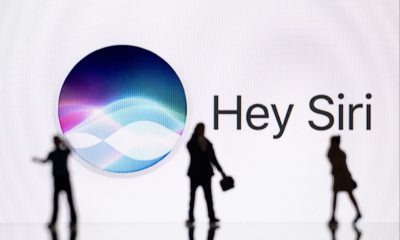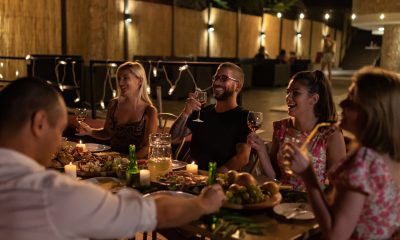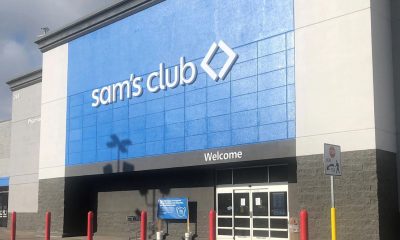Side Hustles
I Turned Down A Major Retailer Who Wanted to Carry My Product. Here’s Why Other CPG Founders Should Too
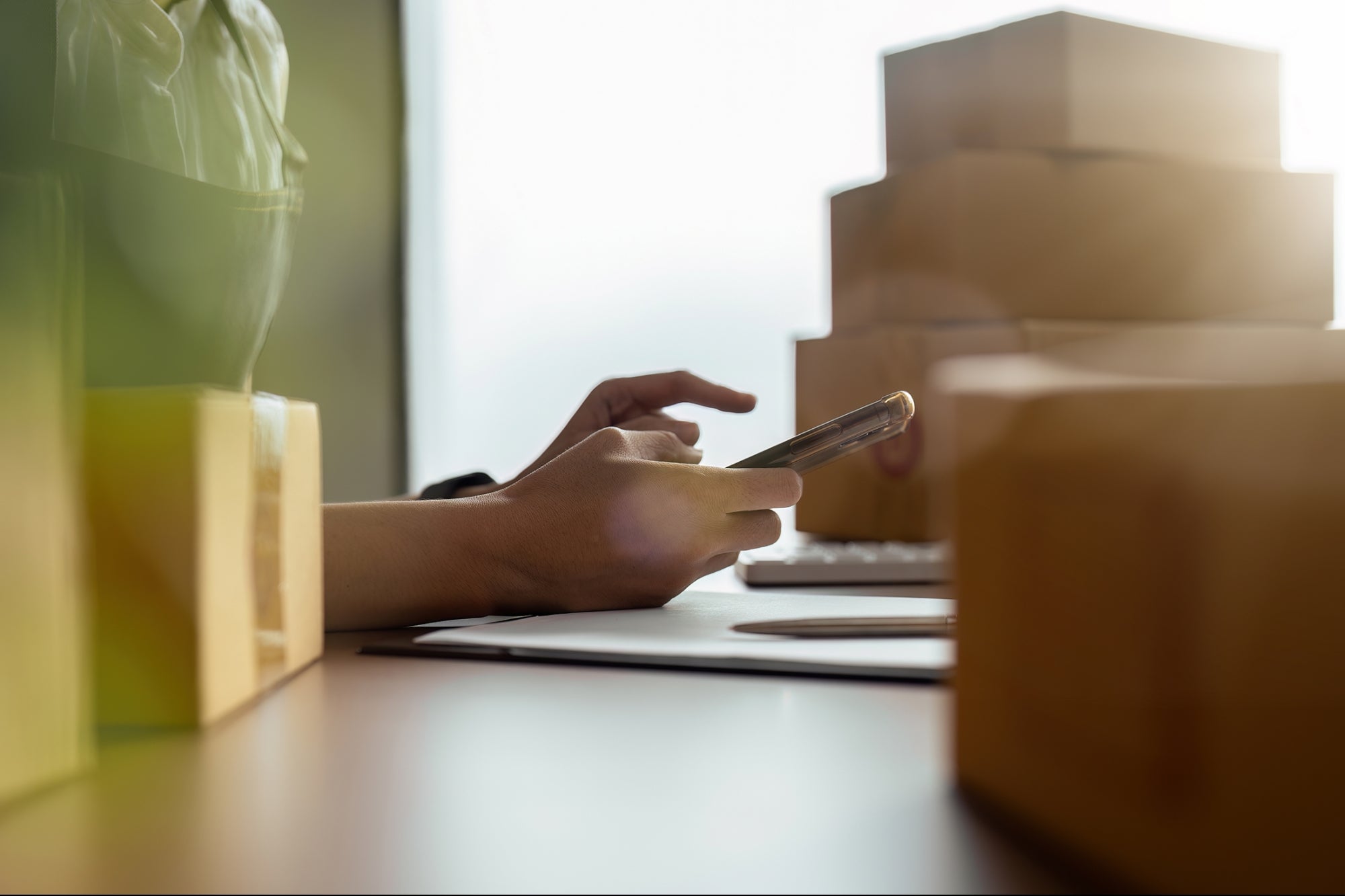
Entrepreneur
Founders often dream of being sold in Costco — but last year, when Costco offered to carry my beverage brand, O2 Hydration, I said no.
It was a gut-wrenching decision. I love Costco and would love to be carried in Costco, but also I knew a terrible truth: My brand just wasn’t ready yet. And if you go big before you’re ready, retail can kill you.
If you have a product that you want to sell on shelves, here are three things you absolutely need in place before saying yes to a retailer.
1. Understand Your Market and Prove Demand
Before scaling as a CPG founder, you need a deep understanding of your market and must prove demand for your product.
For my brand O2, we started our retail efforts in a single region with a single retailer, Whole Foods. We expanded to 10 Whole Foods within a year, and then we expanded to a full region. This approach allowed us to understand what worked, and then double down on that.
For example, we found that product samples drew customers in, and they were hooked once they heard our story. That’s awesome insight, but it means we had to scale accordingly. By running a slow ground game, we built a loyal customer base and secured more shelf space — and we did it store by store, and region by region.
2. Secure the Necessary Resources to Replicate
O2 was flying off shelves at Whole Foods, so we thought we were ready for prime time and agreed to launch nationally with Kroger, Publix, and Sprouts the following year.
That’s when we learned our first hard lesson about retail.
When we expanded across the country, the lack of geographic concentration diluted our efforts. We initially had success by focusing on the Midwest, where our team could actively support and promote our products. But when we went national, we couldn’t hire and train people fast enough to replicate what we were doing on a national level, and we were promptly discontinued.
Pro tip: Having a concentrated geographic focus allows you to manage and support your retail partners more effectively. It also helps in building brand recognition and customer loyalty in specific regions before expanding further. Without the right resources, you can’t support the increased demand and logistics that come with larger retail placements. This can lead to out-of-stocks, poor customer experience, and ultimately, being dropped by retailers.
3. Have the Conviction to Say “Not Yet”
When a retailer offers to carry your brand, it can feel like winning the lottery — and founders are often afraid to say no. They worry that it means closing a door.
That’s not the case. It’s perfectly appropriate to say, “Not yet.”
Retailers want brands that are set up for success, and they’re relying upon the brands to know if they’re ready. Brands must ensure that they have the necessary resources in place, in the right regions, before agreeing to retail expansion — and they also need to know what tools can get your product off the shelf.
For example: How often do you promote your product, and at what price? What off-shelf merchandising do you need to be successful, and how will you obtain it?
Retailers will not do this for you. You’re Odysseus and they’re the sirens. They see something working, and they want to push it out as fast and as wide as possible, and they’ll dangle a seductive six-to-seven figure PO in front of you to get what they want. They assume you know what’s working, have figured out how to scale it, and have secured the resources needed to do so. So if you say yes, you better know all of that!
If you don’t, then say “not yet.” The retailer will respect you for it. You just saved everyone a lot of heartache.
Retail expansion can be incredibly seductive, but it’s essential to ensure that you’re genuinely ready before taking the leap. By understanding your market, securing necessary resources, and building geographic concentration, you can set your brand up for sustainable success. Remember, saying no when you’re not ready can save your business and turn future opportunities into even bigger wins when you are.
Now you understand why I turned down Costco. I know my market well; my product sells great in many regions, and in specialty retailers nationwide. I’m building toward that national, mass-market ground game — and when I finally say yes to Costco, it’ll be because I’m confident I can make it a win for us both.
Read the full article here

-
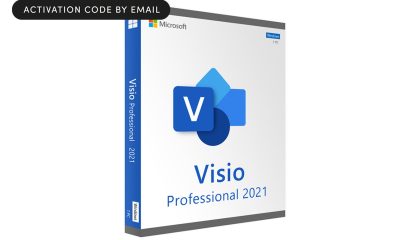
 Passive Income5 days ago
Passive Income5 days agoThe One Microsoft Design Tool Business Owners Shouldn’t Miss
-

 Side Hustles3 days ago
Side Hustles3 days agoThe DOJ Reportedly Wants Google to Sell Its Chrome Browser
-

 Side Hustles6 days ago
Side Hustles6 days agoHoliday Savings: Get a MacBook Air for $250
-
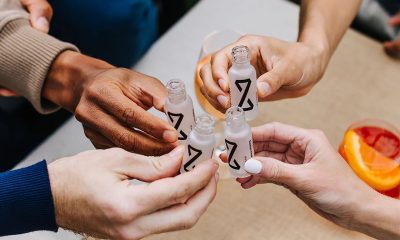
 Investing4 days ago
Investing4 days agoThis Founder Turned a Hangover Cure into Millions
-
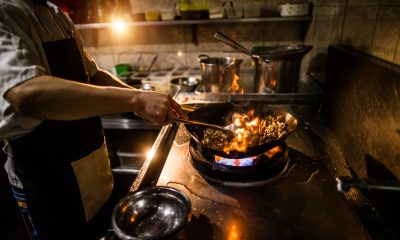
 Investing5 days ago
Investing5 days agoYour Firsthand Experiences Shape the Way You Run Your Business — Here’s How Mine Shaped Me
-

 Make Money6 days ago
Make Money6 days ago7 Common Retirement Planning Mistakes and How to Avoid Them
-

 Side Hustles3 days ago
Side Hustles3 days agoHow to Create a Unique Value Proposition (With Tips & Examples)
-

 Investing6 days ago
Investing6 days agoArchegos’ Bill Hwang deserves 21 years in prison, US says By Reuters

